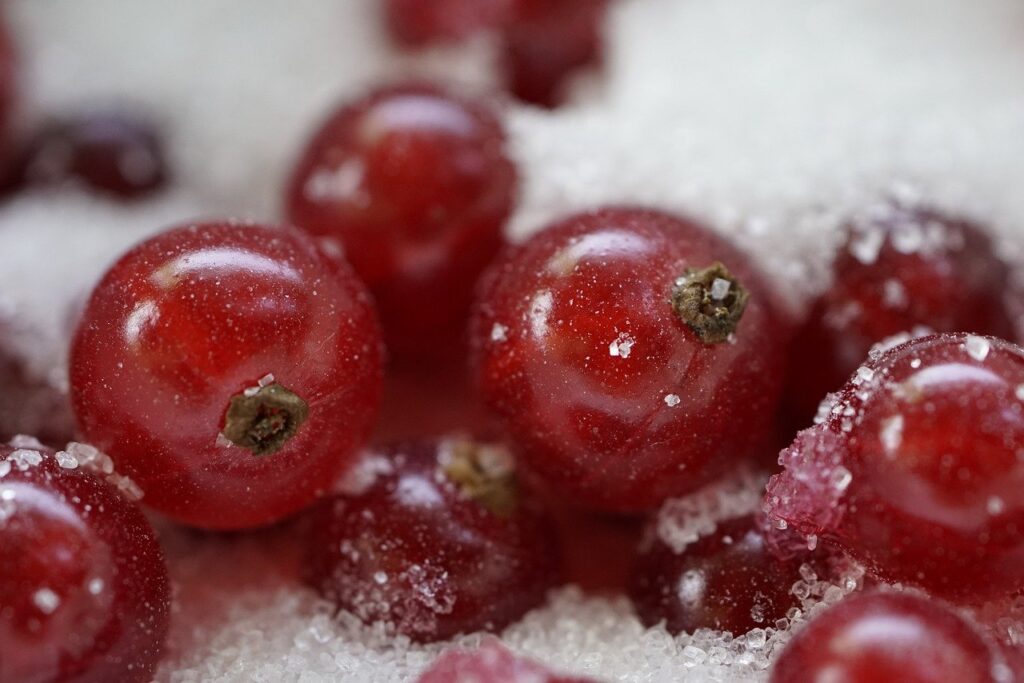Among the essential concepts of coffee roasting is the Maillard reaction, a chemical process that occurs when amino acids and lowering sugars respond in the presence of heat. This reaction is in charge of the browning of the coffee beans and the development of complex tastes and aromas. The degree to which the Maillard reaction occurs is influenced by numerous elements, consisting of the temperature level, duration, and airflow during the roasting process.
Coffee, the world’s favored caffeine-infused drink, owes a lot of its wonderful flavor and aroma to the intricate process of roasting. Behind the scenes, a coffee roaster machine plays a critical role in changing green coffee beans into the rich, aromatic beans we grind and make to relish our everyday cup of joe. This short article explores the interesting globe of coffee roasting, exploring the innovation, workmanship, and creativity associated with this vital action of coffee production.
Coffee roasters also try out various profiles and blends to produce one-of-a-kind flavor mixes. The origin of the beans, the roast degree, and the roasting process all affect the flavor and aroma of the coffee. Roasters might blend beans from various areas to create a well balanced, tasty mug or concentrate on single-origin beans to showcase the one-of-a-kind characteristics of a certain area.
Over the last few years, there has been a resurgence of passion in small-batch, artisanal coffee roasting. This motion has actually triggered a neighborhood of enthusiastic roasters that value quality, sustainability, and openness in the coffee supply chain. A number of these roasters focus on straight partnerships with coffee farmers, making certain fair payment and moral practices. They likewise emphasize making use of top notch, sustainably sourced beans and eco-friendly roasting methods.
The coffee roaster machine is an interesting piece of equipment that bridges the gap in between green coffee beans and the scrumptious brew that a lot of people appreciate. The art and scientific research of coffee roasting involve a delicate balance of factors, from the quality of the beans and the roasting process to the knowledge and intuition of the roaster. As the globe of coffee remains to advance and expand, the role of the coffee roaster machine continues to be pivotal in delivering the diverse and delightful series of coffee experiences that customers treasure. Whether you’re a coffee fanatic or a laid-back drinker, comprehending the ins and outs of coffee roasting can strengthen your gratitude for this beloved beverage.
The roasting process can be split into a number of phases, each of which adds to the final flavor profile of the coffee. The first stage is the drying stage, where the beans lose dampness and turn from green to yellow. This is followed by the first crack, which is the factor at which the beans broaden and launch a breaking sound. The 2nd crack, if it occurs, notes the shift into a darker roast. Roasters have the flexibility to quit the process at any kind of indicate attain the preferred roast level, from light to dark, and everywhere in between.
Coffee roasting, in essence, is the process of using heat to green coffee beans to change them into the aromatic, flavorful beans that we know with. Nevertheless, the magic happens in the subtleties of this makeover, and it all starts with the green beans. These beans are seeds of the coffee fruit, and they are typically kept in their raw, green state up until the roasting process starts. The secret to excellent coffee depends on the quality of these green beans and the roasting process that adheres to.
It is necessary to keep in mind that the coffee roasting process creates chaff, a thin, papery skin that divides from the beans as they warm up. Handling this chaff is a factor to consider for roasters, as it can present fire dangers and call for proper ventilation. In addition, the exhaust of volatile natural compounds (VOCs) during roasting is an environmental worry that some roasters address with air purification systems.
Coffee roasters come in different sizes and shapes, from tiny countertop appliances to industrial-sized devices efficient in managing huge batches of beans. commercial coffee roaster are outfitted with a selection of attributes and controls, allowing roasters to tweak the roasting process to attain the preferred flavor account. The roasting machine normally consists of a drum or chamber where the beans are put, a heat source, and a mechanism for cooling the beans after roasting.
The virtuosity of coffee roasting is the ability and experience of the roaster in navigating these stages and choosing that influence the flavor of the final product. Roasters often rely on their detects, making use of view, scent, and sound to evaluate the development of the beans and make adjustments as needed. It’s a delicate balance of timing and instinct, and it’s what establishes artisanal coffee roasters apart from mass-produced coffee.
